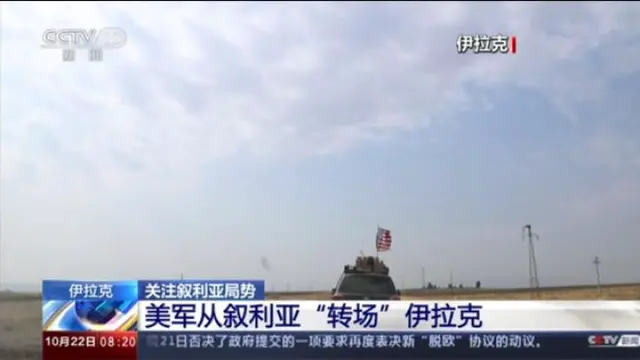Chen Jingya, an accountant in Beijing, is perusing a list of gifts for Mother's Day, a western festival that is gaining popularity among young Chinese people.
Chen bought her mother cosmetics in 2011, a jade bracelet in 2012, and this year, apart from a handbag, she is also ordering a bouquet of carnations priced at about 200 yuan (32.26 U.S. dollars).
"I usually select pragmatic gifts that my mother can either use or wear, but I think flowers can better express my love to her," Chen said.
Originating in the United States in the early 20th century, Mother's Day has evolved into a major flower-giving festival in China following Valentine's Day. Flower retailers have been rushing to offer customized bouquets with reported surging sales as the festival falls on Sunday.
Aishang, a flower shop on the popular e-commerce website Tmall, said it has sold nearly 3,000 carnation and lily bouquets, with prices ranging from just over 100 yuan to several hundreds of yuan.
The flower-buying fervor has highlighted a bigger social and cultural change: an increasing number of Chinese people have come to appreciate flowers as an everyday present and ornament, and are more willing to fork out cash on them.
Statistics show China's cultivated area of flowers increased to 1.02 million hectares, and the output of the industry reached 106.8 billion yuan at the end of 2011, making China a major production base and consumer market of flowers in the world.
Yet despite the ballooning domestic market over the years, "the government is so far still the biggest client," said Doeke Faber, former president of the International Association of Horticultural Producers (AIPH), during an interview with Xinhua.
Faber observed that the country's quick urbanization and ambition to build "green cities" have contributed to the huge consumption, as cities buy large quantities of flowers to adorn the increasing number of parks and greens.
The shift, however, may come in the next decade, as individual consumers will eventually take the bulk of consumption thanks to rapidly increasing incomes, Faber said.
"China's horticultural industry is only at the beginning of a very fast growth period," Faber added.
Li Qinghai, a horticulturist from Taiwan, said increasing wealth suggests a bright future for the sales of butterfly orchids, an indigenous Taiwanese breed that Li is avidly promoting to the mainland market.
The orchid mainly appears in deluxe restaurants and star-rated hotels on the mainland, but Li is optimistic that the flower will eventually be bought by ordinary families.
"People are getting richer. There were university students who recognized the 'blue enchantress' on display. We are excited that luxury flowers are getting known among the youngsters," said Li, who is attending a landscape art expo in Liaoning Province.
The industrial heartland in the northeast now boasts a booming flower industry -- its Lingyuan City produces 400 million cut flowers and 300 million bulbs annually, supplying the bustling market of the northeast.
But rising living standards may not be the only force behind the surging demand.
"To my parents and others of their generation, sending flowers to express love is deemed too showy or effusive. For their entire marriage, they have never sent each other flowers," Chen Jingya said.
But the 27-year-old has learned to enjoy flowers as an expression of love. "My boyfriend sends me a bouquet every now and then. He's quite romantic," she said.
 简体中文
简体中文

